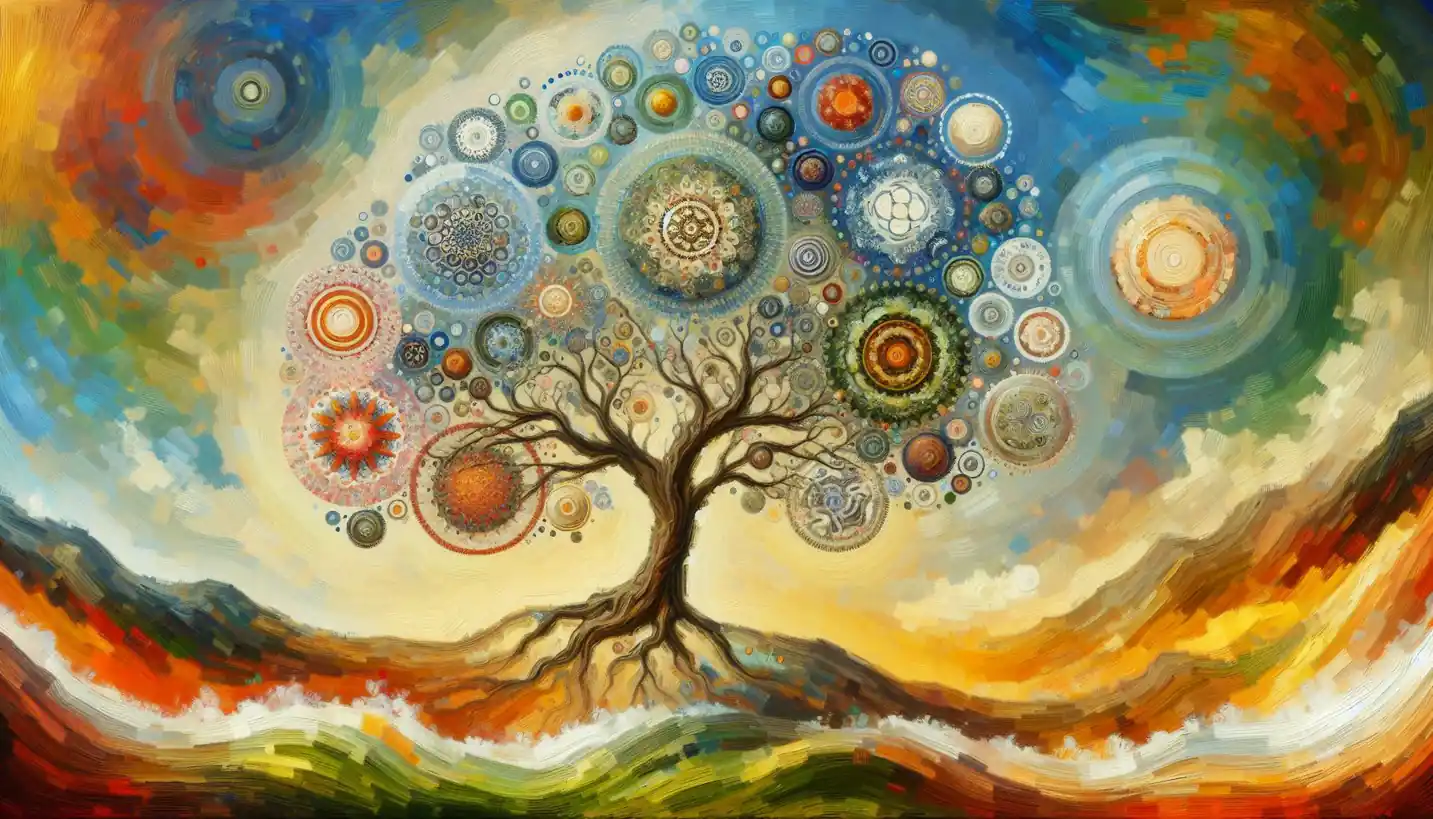· Biology · 4 min read
Metamorphosis: Nature's Ultimate Transformation
Metamorphosis brings remarkable transformation in life forms. Discover how creatures completely change forms through this dramatic process.

Change. It’s a word that can fill us with excitement or dread. In the animal kingdom, change takes on an extraordinary form called metamorphosis. This concept is like nature’s ultimate magic trick, transforming creatures into entirely new forms that are often unrecognizable from where they started.
What Is Metamorphosis?
Metamorphosis is a biological process through which an animal physically develops after birth or hatching, involving a conspicuous and abrupt change in its body structure. It’s like having a complete makeover! Instead of just growing bigger, these animals radically transform, turning into something that looks and sometimes behaves, entirely differently.
There are two main types of metamorphosis: complete and incomplete. Complete metamorphosis involves four stages: egg, larva, pupa, and adult. Incomplete metamorphosis skips the pupal stage, involving just egg, nymph, and adult stages. But what drives these changes? Let’s explore a bit more deeply.
The Magic of Complete Metamorphosis
Take the humble butterfly, a classic example of complete metamorphosis. It all begins with a tiny egg laid on a leaf. From this egg, a caterpillar hatches and starts its life in the larval stage. Imagine a goal-oriented eating machine, munching away on leaves to store enough energy for the next big transformation.
The caterpillar then enters the pupal stage, encasing itself in a cocoon or chrysalis. Here, inside this protective shell, something truly remarkable happens. The caterpillar’s body breaks down into a kind of cellular soup, rearranging its components to form a butterfly. This stage is full of mystery, an alchemical transformation unseen by human eyes.
Finally, the adult butterfly emerges, a fragile creature with a mission to reproduce and continue the cycle of life. It’s like a tale straight out of a fantasy book, where a crawling creature with multiple legs transforms into a delicate flying insect painted with vibrant colors.
Incomplete Metamorphosis: A Simpler Shift
Now, let’s look at incomplete metamorphosis which is a bit more straightforward. Think of grasshoppers or dragonflies. These creatures start from an egg and hatch into a nymph, which resembles a miniature version of the adult. Nymphs grow through several molts, shedding their exoskeletons for larger ones, until they become fully mature adults.
Instead of undergoing drastic change, it’s a gradual process of growth, allowing them to adapt slowly to their environment.
Why Does Metamorphosis Matter?
So why does nature bother to reinvent animals through metamorphosis? This evolutionarily clever strategy allows creatures to exploit different resources and habitats throughout their life stages. For instance, caterpillars focus on eating leaves in the larval stage, while adult butterflies seek out nectar.
This separation of ecological roles minimizes competition for resources between the young and adult forms. It’s a bit like having two different characters in a play sharing the same stage without stepping on each other’s lines.
Wondering About Other Creatures?
Metamorphosis isn’t just for insects. Amphibians also experience this fascinating transformation. Consider frogs, which begin life as aquatic tadpoles equipped with gills and tails for swimming. They eventually shed these features to become adult frogs that hop around on land, breathing through lungs. A life from water to land, an epic journey of adaptation.
Metamorphosis in Everyday Life
Metamorphosis isn’t just a wonder confined to the animal kingdom. It’s a metaphor for change and growth in our lives. Just as caterpillars must leave their leafy homes behind to become butterflies, we, too, undergo transformations, some visible, some not, as we navigate our own life journeys.
Unanswered Questions and Future Explorations
Despite our understanding, many mysteries of metamorphosis remain. Scientists are still uncovering the genetic blueprints and hormonal signals that drive such profound changes. Imagine cracking the code that could explain how exactly cells communicate and coordinate during this transformation – a scientific frontier waiting to be unraveled.
Furthermore, how climate change impacts these processes brings another layer of intrigue and urgency. As environments shift, how will these remarkable creatures adapt?
The Enduring Fascination of Metamorphosis
Metamorphosis continues to captivate our imaginations, reminding us of nature’s creative power. It’s a testament to the resilience and adaptability of life, showcasing how extraordinary transformations can lead to beauty and survival.
In a world constantly in flux, metamorphosis offers a message of hope and potential. Embracing change, whether in the wild or in our lives, can lead to remarkable transformations. Who knows what wondrous forms we might become on our journey?


